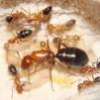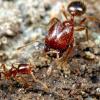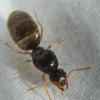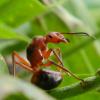1. Location (on a map) of collection: Buena Vista, Colorado
2. Date of collection: 7-20
3. Habitat of collection: desert
4. Length (from head to gaster): 5-6 mm
5. Color, hue, pattern and texture: black ant with reddish/brown gaster
6. Distinguishing characteristics: gaster is nearly spherical, with a pointed end
7. Distinguishing behavior: huge nuptial flight at 2:00
8. Nest description: unknown
9. Nuptial flight time and date: 2:00, 7-20
Pogonomyrmex pencosensis male alate is my best guess.
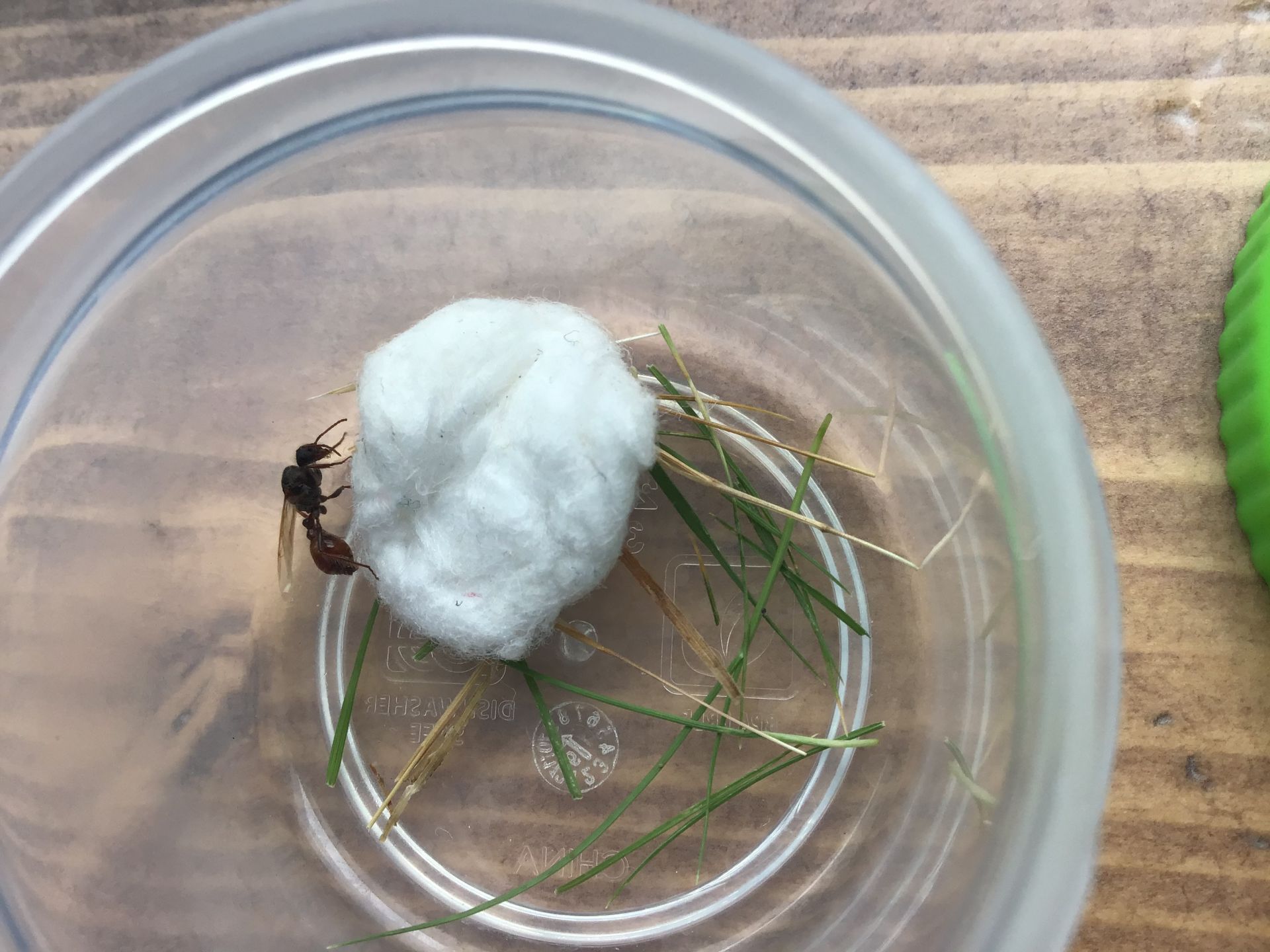
Edited by Spazmops, July 21 2020 - 3:18 PM.



